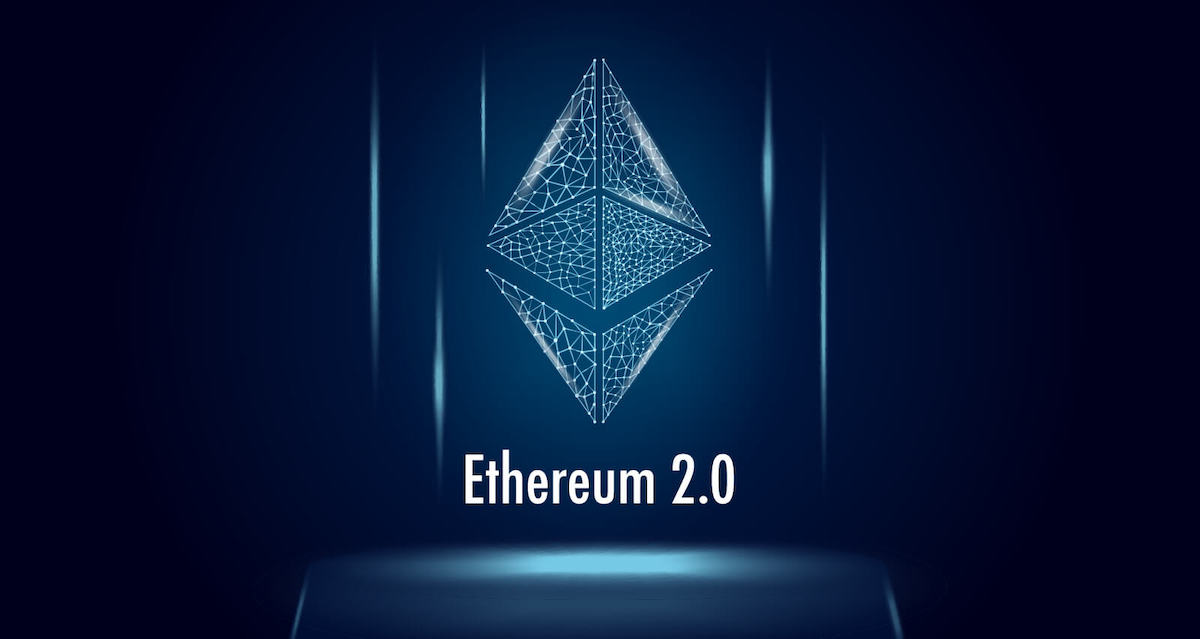More than ever before, Ethereum is again gaining in on Bitcoin as more people begin to show interest in decentralized finance. And many people have been speculating that Ethereum might soon topple Bitcoin to become the number one cryptocurrency in the world.
However, a huge factor that has been causing challenges for developers using the Ethereum blockchain for different purposes is the increase in Ethereum transaction fees. The high fees associated with Ethereum gas have made it much more expensive to use Dapps. This is also a barrier to the widespread adoption of DeFi. Many people now prefer to use related projects rather than using Ethereum – because of the high transaction fees.
Nevertheless, a solution seems to be around the corner for this high Ethereum gas fees issue. The coming Ethereum 2.0 promises to address this, as well as some other problems in other to make the platform faster and able to handle more transactions at the same time. The result of this will definitely be a reduction in gas fees and a better user experience on the blockchain.
What Causes the High Transaction Cost on Ethereum Network?
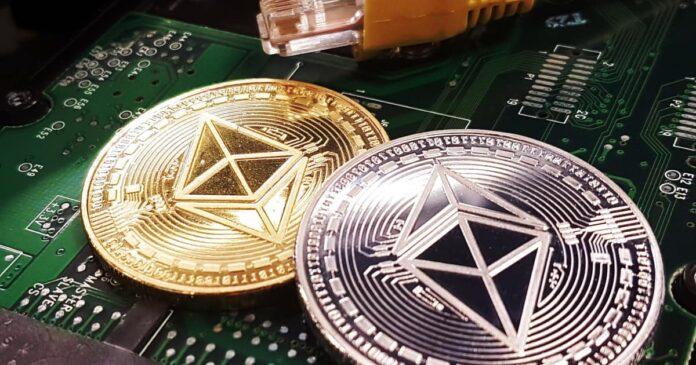
The transaction fees on the Ethereum network are also referred to as the gas fee. These are the fees charged by a decentralized group of miners that are always working to keep the network secure. They are responsible for validating every transaction on the network and adding new blocks to the blockchain.
The gas fees are usually determined by the miners depending on the amount of energy needed to validate a transaction. They have the power to work on any transaction they want. They can decide to ignore some transactions or make them a priority, depending on the amount of gas fee you are paying. Now, imagine what the situation will look like when demand is more than the network limit. It incessantly increases transaction fees.
That is exactly the current situation of Ethereum. More people are using the network at the same time. So developers and users on the network will have to pay more in terms of fees to encourage miners to validate their transactions. Hence, this makes even small transactions very expensive.
What About Ethereum 2.0
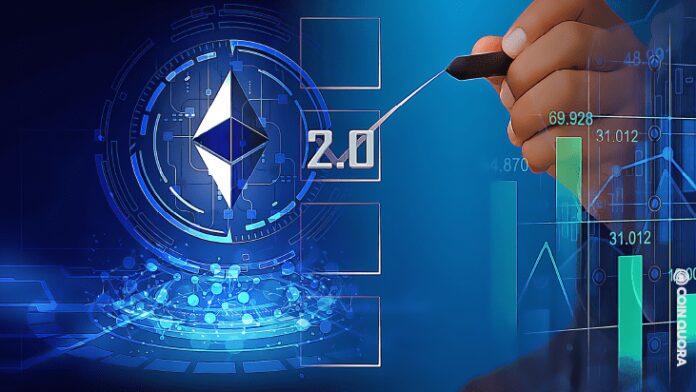
This major problem has been proposed to be resolved in the Ethereum 2.0 upgrade. So what’s the upgrade all about?
Also called ETH2.0, Ethereum 2.0 is an upgrade to the present Ethereum blockchain. The upgrade consists of several smaller updates that together designed to improve the speed and efficiency of the Ethereum network. The new Ethereum 2.0 is different from the present Ethereum because of two major factors; the consensus mechanism and the Shard Chains.
While the present Ethereum uses the Proof-of-Work (PoW) consensus mechanism, Ethereum 2.0 is proposed to make a switch to Proof-of-Stake (PoS). With PoS, miners are no longer going to be running the network. But the network will now require validators to stake at least 32 ETH to get a chance to validate a transaction on the platform and get rewarded for it. The 32ETH collateral is hence locked somewhere to allow the validators do a quality job. That means validators will have users’ interest at heart more than before and chances of any malpractice on the network will be greatly reduced.
On the other hand, sharding will help increase the number of transactions that can happen on the network per second. Sharding is more like splitting a large chain into several small chains to improve scalability. When more transactions happen on the blockchain per second, it ultimately reduces congestion and greatly brings down the transaction fees.
In addition, since the workload will now be distributed among many validators that will be assigned to work on different shards at the same time, the performance of the network will greatly improve.
How Will Ethereum 2.0 Reduce Transaction Fees?
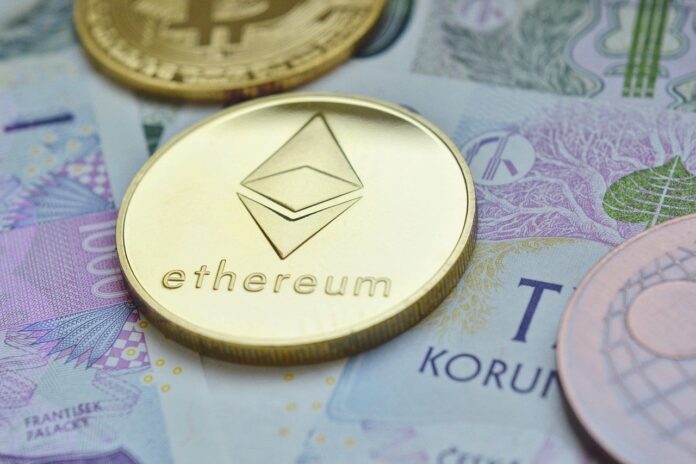
Presently, the Ethereum network can only handle about 30 transactions per second. But with Sharding taking place in the new Ethereum 2.0 upgrade, the number will be increased, and Ethereum will be able to process about 150,000 transactions per second. This will increase transaction speed and reduce congestion on the network. Remember that the congestion is the reason for the increased transaction fees in the first place. That means with the upgrade taking care of congestion and transaction speed, the result to expect will be a reduction in transaction fees too.
Another thing that will amazing feature to look forward to in the coming Ethereum upgrade is the proof of stake algorithm. It will not only make Ethereum more environmentally friendly and less power-intensive but will also be a throughput effect on the rate of transactions on the network. All of which will work together to reduce transaction fees on Ethereum. It looks like the coming upgrade will be really worth the wait.
When is the Release Date for Ethereum 2.0?
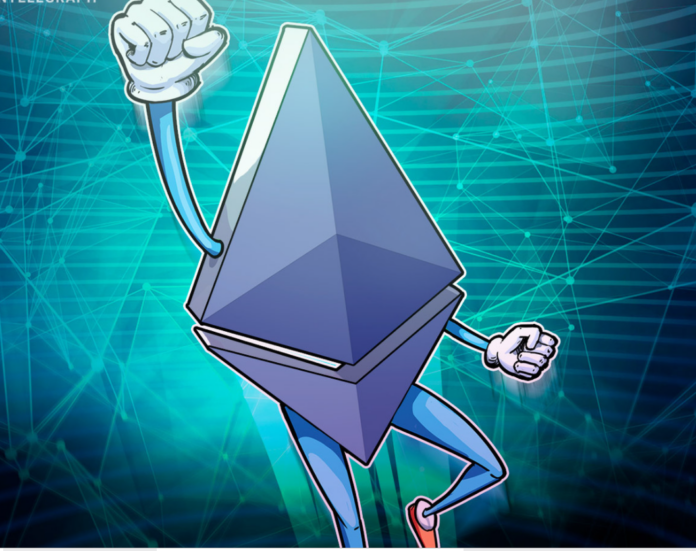
Although the whole thing started way back in 2024 when the first phase was launched, it may get to 2024 before the other phases are launched. While the launch has suffered some delay, contrary to what the schedule says in 2019, Ethereum founder, Vitalik Buterin says researchers and developers are doing all they could right now to make sure the full launch takes place earlier than it was first proposed.
Will the Upgrade Also Affect Ethereum Price?
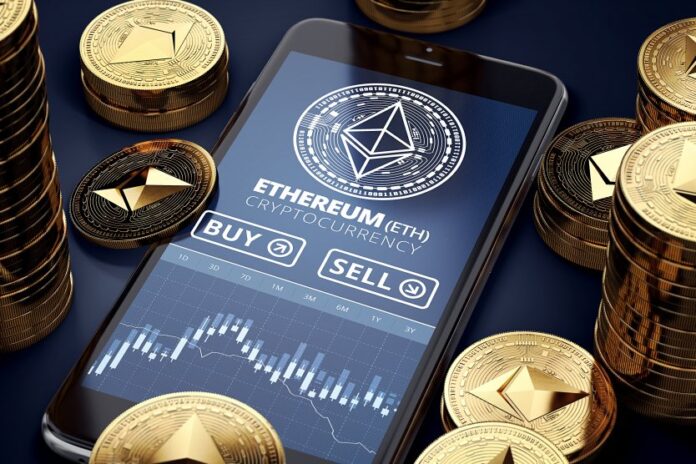
Of course, it will affect the overall value of Ethereum. Since the whole upgrade thing is geared towards making the platform more scalable and sustainable, it will have a rebounding positive effect on the price of ETH.
For instance, with the announcement of the upgrade – even while it is still in the pipeline, Ethereum has been hitting a new all-time high since 2024. It has risen from $1950 since 17 April 2024 to more than three thousand dollars on 3 May 2024. That’s a rise of about 60% in just three weeks.
If anyone is looking to make some real investment in Ethereum, now might just be a perfect time to buy Ethereum. The coming Ethereum 2.0 upgrade is definitely going to change the game for good!

